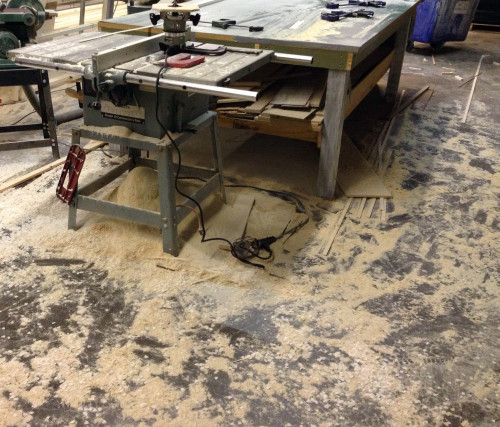This past weekend saw another accident with guns used during a performance, this time at a Wild West reenactment during Tombstone’s Helldorado Days.
According to Tucson News Now, “One of the Vigilantes arrived late and did not have his gun properly inspected. He then accidentally shot another member of the Vigilantes.” The show was stopped immediately, and it turns out the shooter’s gun had been loaded with six live rounds, and five of them were fired.
Yikes.
We could talk about all the things that “should have” happened. They should do a gun check before every show. They should have an armorer in charge of all the ammunition. They should cheat their aim away from other actors. They should, they should, they should.
But it sounds like they do that. The Tombstone Vigilantes have been performing reenactments since 1946. They do several shows a month. Collectively, they have probably fired off more blank ammunition than most of us have even seen. And they have done it without an accident for 69 years.
So what happened? I don’t know. We may never know. But the important thing to take away from all this is that weapons safety protocols are important no matter how experienced you are, or how many times you have done a show. No matter how much training you have, or how qualified you become, you can never skip over proper safety procedures.
Learning about proper weapon safety isn’t like a vaccine, where once you learn it, you are protected from future accidents. It only works if you follow it each and every time weapons are used on stage. There is no new procedure or protocol we can invent that will imbue us with perfect safety; we already know all the proper procedures, we just need to follow them.
I recently ran across the following passage from an 1874 issue of Harper’s Monthly Magazine. We’ve had safe weapons procedures for a long, long time; it goes to show that accidents only happen when they are neglected:
“A careful property-man keeps his ramrod attached by a cord to the wall, so that he may not by mistake leave it in a gun-barrel after loading the weapon. Accidents have arisen from a neglect of this precaution, and also from the improper or careless loading of weapons, as was the case a short time since in Washington, where a young man was shot and killed on the stage of a variety theatre by a too-heavy wadding, which entered his head from the gun of a horrified comrade. Paper wads are very dangerous; among the other accidents possible through them is that of their setting fire to the scenery; hence in well-regulated theatres a special wadding is used, made of hair, and which will not communicate fire to surrounding objects.”





